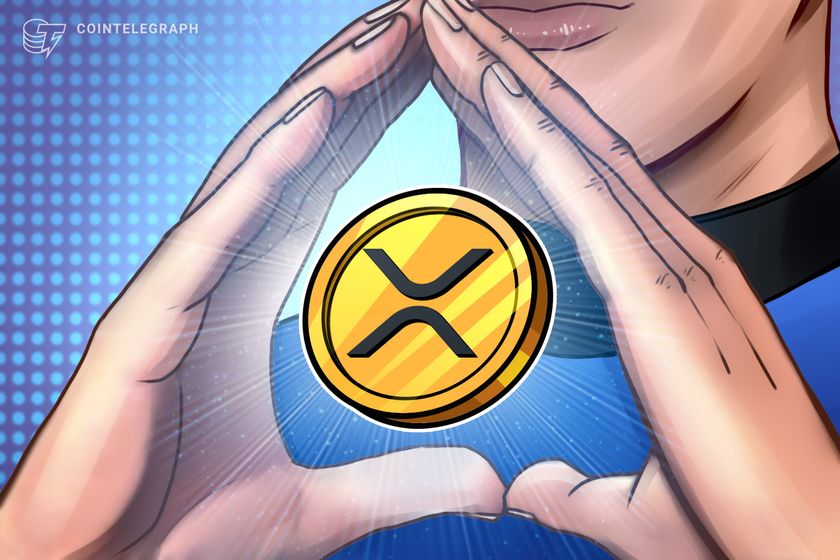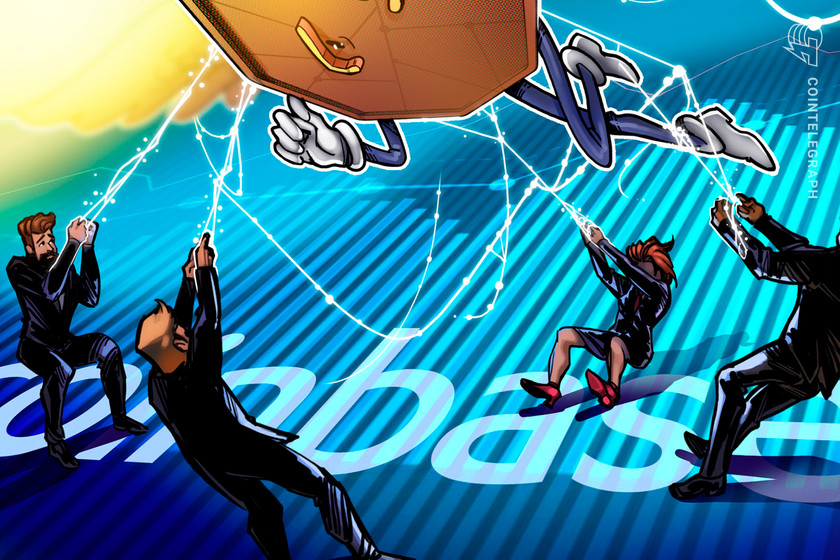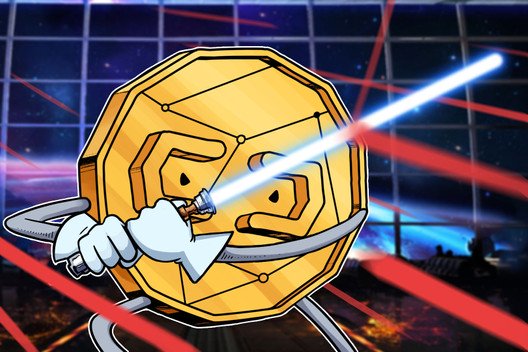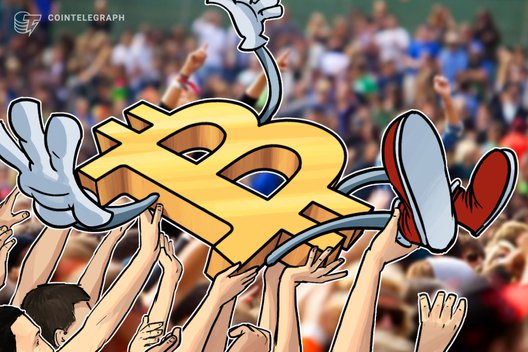WhatsApp crash: Are decentralized blockchain messengers a real alternative?
Since the introduction of ICQ — the progenitor of online chat applications — the expectation from instant messaging (IM) services has never changed. Users simply want them to work, which apparently turned into a tall order, given the frequent downtimes most popular chat apps experience nowadays.
Launched the same year as Bitcoin (BTC), WhatsApp is one of the most widely used chat apps on the planet. Owned by Meta (the stable of which also boasts Instagram and Facebook), WhatsApp stands as the epitome of centralized services. That’s why when the service goes down, it has a much broader impact than just leaving over two billion monthly users scratching their heads and complaining on Twitter.
WhatsApp embodies the qualities of a centralized mindset perfectly: It has mainstream reach, an industry giant backs it and despite nearly one-third of the planet using it, people have absolutely no say over the final product.
Why do centralized chat apps go down?
When a product is controlled and managed by a central entity, it tends to follow certain processes during its lifecycle. Someone has to shoulder full responsibility for the various aspects of the centralized product.
The massive scale of the product turns even tiny updates into a chaos of human errors, database issues and not having enough time to test the version before pushing out the update to meet stakeholder expectations. Coupled with the numerous cyber attacks on the infrastructure itself, the more the service is centralized and managed by a single entity, the more the “usual suspects of failure” fill the room.
Can decentralized services fix downtimes?
Communication-focused decentralized apps (DApps), on the other hand, provide anti-fragile systems, co-founder and CEO of Web3 service provider Heirloom Nick Dazè told Cointelegraph. He said that decentralized messengers get stronger with every user onboarded because they essentially function as “nodes” that keep the system functioning properly.
“The key difference is that there is not one single point of failure,” Dazè stated, likening it to a balloon that is compressed on one part, which becomes geometrically smaller while still containing the air from the compressed section: “All of the air still exists. It is just pushed to a different section of the balloon.”
Recent: The state of crypto in Southern Europe: Malta leads the way
Of course, decentralized apps come with their own set of challenges, and one of them is scaling. DApps can’t compete with centralized services without being able to take on a billion-level user base, but Dazè believes DApps can overcome scaling issues by answering two questions: “Where does all of this data ‘live?’” and “How do we reduce network spam?”
Addressing the first issue, Dazè sees public key-based addressing as a decent solution, “As it serves as a limiting function on the amount of data necessary to handle.” Regarding the second issue, Dazè said that disincentives for spam must be created, accompanied by Captcha servers.
Redundancy is the name of the game
Cointelegraph also reached out to Chris McCabe, the co-founder of the Oxen Project — known for its decentralized IM app Session. When asked how decentralized IM apps handle crashes and downtimes, McCabe pointed to redundancy:
“Decentralized networks have a lot of redundancy built in. If one server goes down, another one is there to take its place.”
He said the Oxen Service Node Network, a set of incentivized nodes serving as the infrastructure of Oxen and its offerings, has over 1,600 nodes operated by hundreds of people worldwide.
“It would take a catastrophic event to take the network down,” McCabe claimed, adding that the network is equipped to continue as usual despite experiencing major events from time to time.
“In the past, we saw one-fifth of nodes go offline suddenly, but Session continued sending messages as normal. The network self-heals, and it hasn’t had a total freeze of communication as we have seen with centralized networks.”
Session can currently handle about five million users — a tiny portion of WhatsApp’s user base. However, McCabe said the team will continue to release updates for a more extensive decentralized storage network and higher network bandwidth.
The Oxen co-founder admitted that whether a decentralized network could handle the traffic that WhatsApp or Messenger face daily has yet to be proven. However, he is hopeful that Session could be the first app to test that theory.
“Session is gaining popularity not only because it hasn’t gone down,” he summarized, adding, “But also because people are sick and tired of having their data systematically collected, analyzed and weaponized against them.”
Unmanipulated, unreadable and untraceable
The decentralized ecosystem offers a wide range of projects and apps with different priorities. One such is TransferChain, a peer-to-peer messaging app that focuses on privacy. Tuna Özen, the co-founder of TransferChain, told Cointelegraph that while the scalability aspect in decentralization is a gray area, being scalable or non-scalable is the result of design decisions.
Recent: How low liquidity led to Mango Markets losing over $116 million
“The main misconception that drives products to be non-scalable is assuming that any blockchain design can meet all needs,” Özen said. He suggested that multiple variables including block volume, block generation rate, consensus, selection algorithm, token integration, network cost and benefit structure and network participation structure should be taken into account:
“Just as it is reasonable to expect a track-proven race car built purely for speed to deliver the same performance in off-road conditions, it is just as reasonable to expect a blockchain approach that is not specifically designed for products and services to be scalable.”
Tuna Özen and his team describe TransferChain as a cloud platform powered by a decentralized decision-making mechanism on a distributed ledger. The app differs from its centralized counterparts with where and how the communication data is saved as well as the transparent storage of the process — which is unmanipulated, unreadable and untraceable according to Özen.
Although decentralized services offer more resilient infrastructures, they still have a long way to go to catch up with their centralized counterparts in terms of user base and mainstream adoption. Another thing to remember is that as DApps get more popular, they will probably need to face more regulatory scrutiny and governments worldwide would definitely have trouble with this new form of communication — given they only recently started to get a grasp of the new form of money.









